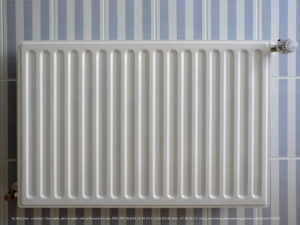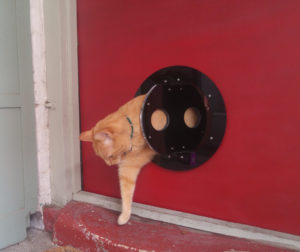Heating
 Heating your home is crucial to autumn and winter comfort in the UK. There are several choices, many of which we’ve looked at on the podcast recently. How you heat your home depends on where you live, how you live and how much you have to spend.
Heating your home is crucial to autumn and winter comfort in the UK. There are several choices, many of which we’ve looked at on the podcast recently. How you heat your home depends on where you live, how you live and how much you have to spend.
If you fit a ground source heat pump your home will need to be particularly well-insulated and draughtproofed. This is because ground source heat pumps provide a steady source of heat at a lower temperature than most of us are used to. A house needs to be well insulated so that it keeps the heat in well. This is one of the issues with upgrading many houses to ground source heat pumps. A report from the CCC found that most houses currently running on gas are suitable for a heat pump in terms of location, but not insulation.
Draughtproofing
You can control your heating by the central thermostat and valves on the radiators. Look at where your thermostat is fitted. If it’s by a draughty door or window it will get a false impression of the ambient temperature. It will come on when you don’t need heat, and increase your bill. Draughtproofing your door and windows will help. Fitting a small ledge above your thermostat will help too. That will make sure ambient air reaches its sensors. Otherwise air that has risen to the ceiling and cooled will hit the sensor on its way back down. That will also give your thermostat a false reading.
Thermostatic valves can be upset by draughts too. Thermostatic valves are set to the temperature that you want the room to be. They sense air temperature and change the water flow into the radiators accordingly. If they are in a hot or cold spot in the room they will misbehave.
Whichever way your home is heated, draughtproofing the building will optimise your heating.






